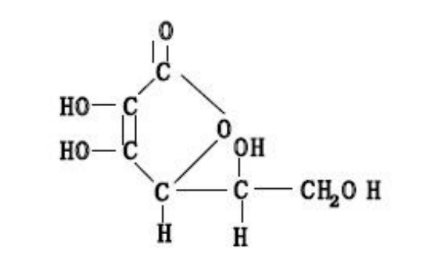Enhanced TDS
Identification & Functionality
- Ingredient Name
- Supplied By
- Vitamin Type
- Animal Feed & Nutrition Functions
- Food Ingredients Functions
- Pharma & Nutraceuticals Functions
- Molecular formula
- C₆H₈O₆
- CAS No.
- 50-81-7
- Food Additive Number
- E 300, INS 300
- Technologies
- Product Families
- Chemical Structure

Features & Benefits
- Benefit Claims (Health)
- Animal Feed & Nutrition Features
- Product Highlights
Ascorbic acid powder is nonvolatile stable in the dry state, however, upon exposure to atmospheric moisture; it can deteriorate, and oxidizes readily to aqueous solution. Contact with iron, copper or nickel salts should be avoided.
Applications & Uses
- Markets
- Applications
- Segments
- Dosage Form
- Food & Nutrition Applications
- Recommended Applications
- The product is mainly used in producing various medicines.
- It is an important medicine for clinical supplementary treatment.
- It can be used as food additives.
- It is a good and safe nutritional component, antiseptic and baking agent of flour processing.
- It can also be used as feed additives and it can improve animals’ immunity.
Properties
- Physical Form
Packaging & Availability
- Packaging Type
- Regional Availability
- Packaging Information
Ascorbic acid 325 mesh is packed in two bags, the inner transparent plastic bag is thermal sealed, and the outer aluminum foil bag is also thermal sealed. Then pack in a carton box (or drum), sealed with adhesive tape (or lead sealing).
Storage & Handling
- Shelf Life
- 24 months
- Storage Conditions
- Store in a non-metallic and sealed container, keep in a dry place and away from light.
- At least 24 months from date of manufacturing if containers are unopened and stored under the above-mentioned conditions
